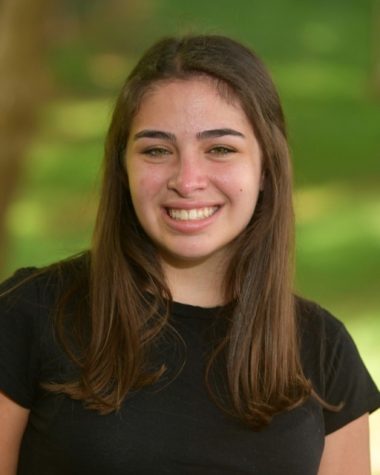Arabic students commemorate Arabic Heritage week
Arabic students visit the Omani Cultural Center in commemoration of Arabic Heritage week.
April 5, 2019
This past week, Arabic classes engaged in several activities to commemorate and learn about Arabic heritage. These educational activities ranged from visiting the Omani Cultural Center to having Arabic and Mediterranean food in the cafeteria for lunch each day.
All Arabic classes visited the Omani Cultural Center and the Smithsonian in Washington, D.C. on Tuesday, April 2. At the Omani Cultural Center, students learned about the Omani people, culture, history and how they survived in the desert.
Later at the Smithsonian, they viewed an exhibit about the Quran and Islamic art. Students had a chance to read and see Arabic art and calligraphy. They also discovered how various Islamic empires from different time periods rewrote the Quran.
Pairing with the art department, Arabic classes wrote their own Arabic calligraphy as seen at the Smithsonian. On Friday at Kabbalat Shabbat, the Arabic I class performed the Dabke, a cultural dance. Arabic I students were not required to perform at Kabbalat Shabbat, but they all had to learn the dance.
“I’m proud of my students. They’re learning a new language [that is] not an easy one and doing really well. They try to learn and respect the culture, the dance, the song and the food,” Arabic teacher Dr. Hani Abo Awad said. “In all these activities, we are trying to engage them into the culture and not just the dry language.”
The Arabic III class also sang an Arabic song at Kabbalat Shabbat and made posters about Arabic writers. There was a presentation given by two sophomore students in the Arabic II course about the Keffiyeh, an Arab headpiece. The presentation included how the color of the Keffiyeh varies in different places and how to put one on.
Throughout the week, Arabic I learned the Dabke in class from Hebrew teacher Marnina Cowan. The Dabke is a famous dance for the Levantine, a region located on the eastern strip of the Levantine Sea, and is generally used in weddings or other celebratory events.
“[Participating in the dance] makes us really understand their [Arabic] culture and helps us connect with them even more,” freshman Arabic I student Dalia Hochstein said. “It helps us connect with the language we are learning.”








